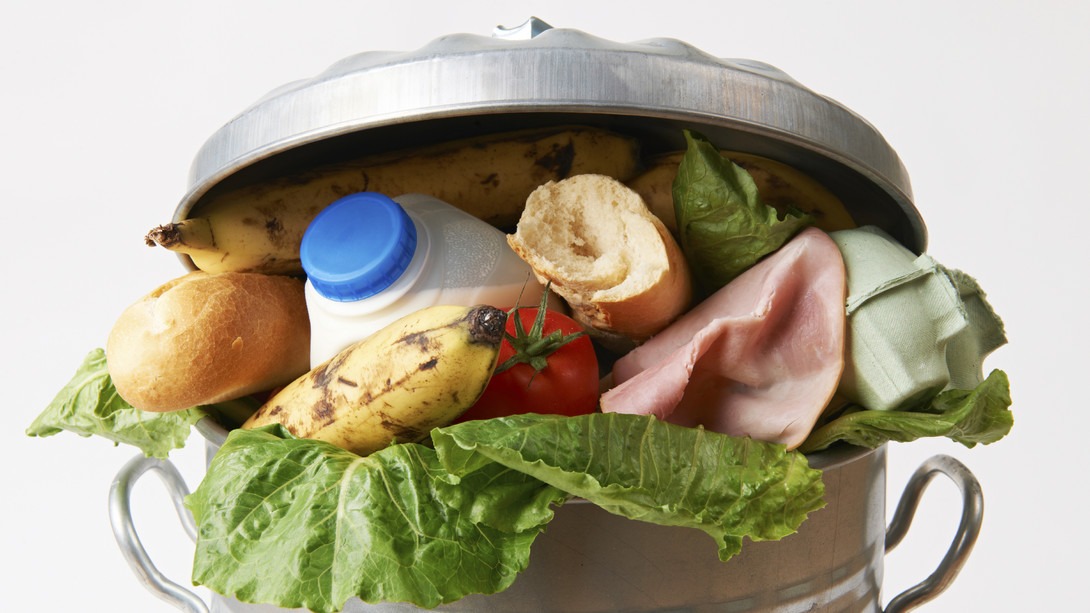When we look at it from an ecological perspective, some of the wastes produced by humans today consist of food.
Foods can be wasted or wasted, or have an impact on the environment through loss of food.
Today, I will look at the terms “food loss”, “food waste” and “food wastage” which are often confused with each other.
Food Loss
Food Loss is the loss that occurs especially in foods produced in industry for human consumption. It refers to the reduction in the amount of edible food along the supply chain. Food losses occur at the stages of production, harvest, processing and transportation in the food supply chain. According to the definition of the United Nations, food loss is a decrease in quantity or quality of food. According to the definition of the World Resource Institute (WRI), “Food Loss” means food that does not meet quality standards such as damaged, spilled, discolored or odorless, lost before reaching the consumer.
Food loss refers to the reduction of food (dry matter) or nutritional value (quality) originally intended for human consumption. These losses are mainly due to inefficiencies in food supply chains such as poor procurement and logistics, lack of technology, inadequate skills, knowledge and management capacity of supply chain actors, and lack of market access. Natural disasters also play a role.
Food Waste
Food losses (retail and final consumption) occurring at the end of the food chain are referred to as “food waste” in relation to the behavior of retailers and consumers. According to the definition of the United Nations, food waste (which is part of food loss) is waste from the food chain that is fit for human consumption or is to some extent formed mainly due to economic behavior, poor stock management or neglect. According to the definition of the World Resource Institute (WRI), “Food Wastes” is the loss of good quality and consumable foods because they are not consumed.
Food loss and waste occur throughout the entire nutritional value chain. Food waste is defined as throwing away food suitable for human consumption, regardless of whether it has passed its expiration date or whether it has been left to spoil. This is mostly due to oversupply or consumption selectivity due to consumer shopping and eating habits. The United States Environmental Protection Agency defines food waste for the United States as food and beverage waste from residential and grocery stores, restaurants, stands, corporate cafeterias-kitchens, and industrial establishments. According to the International Union for Conservation of Nature and Natural Resources, Americans throw away 40% of their food.
Food waste is also part of food loss, but the distinction between the two is not clearly defined. Food that is diverted to non-food chains (such as animal feed, compost or conversion to bioenergy) counts as food loss or waste. Plants and animals produced for food contain non-food components that do not fall under “food loss and waste”. These non-consumable parts sometimes result in unavoidable food waste. Food security is the biggest concern in the developing world. Food production must increase markedly to meet the future demands of the growing population. In a world struggling with food imbalance, it is extremely important to reduce the tension between the rapid increase in consumption and the drastic increase in production. For this, firstly, applications to increase the efficiency of the food chain and to reduce food loss, which has an important potential, should be encouraged. It should not be forgotten that in a world with limited natural resources (soil, water, energy, fertilizer), cost-effective solutions can be found to produce enough safe and nutritious food for everyone, reducing food losses.
Food Wastage
Food wastage refers to any food lost through spoilage or waste. Thus, the term “wastage” encompasses both food loss and food waste. And it is the most widely used inclusive concept.
So what are the types of food waste?
What goes in it?
Stay tuned to answer these questions in the next post.
Take care!
Anıl Uzun
